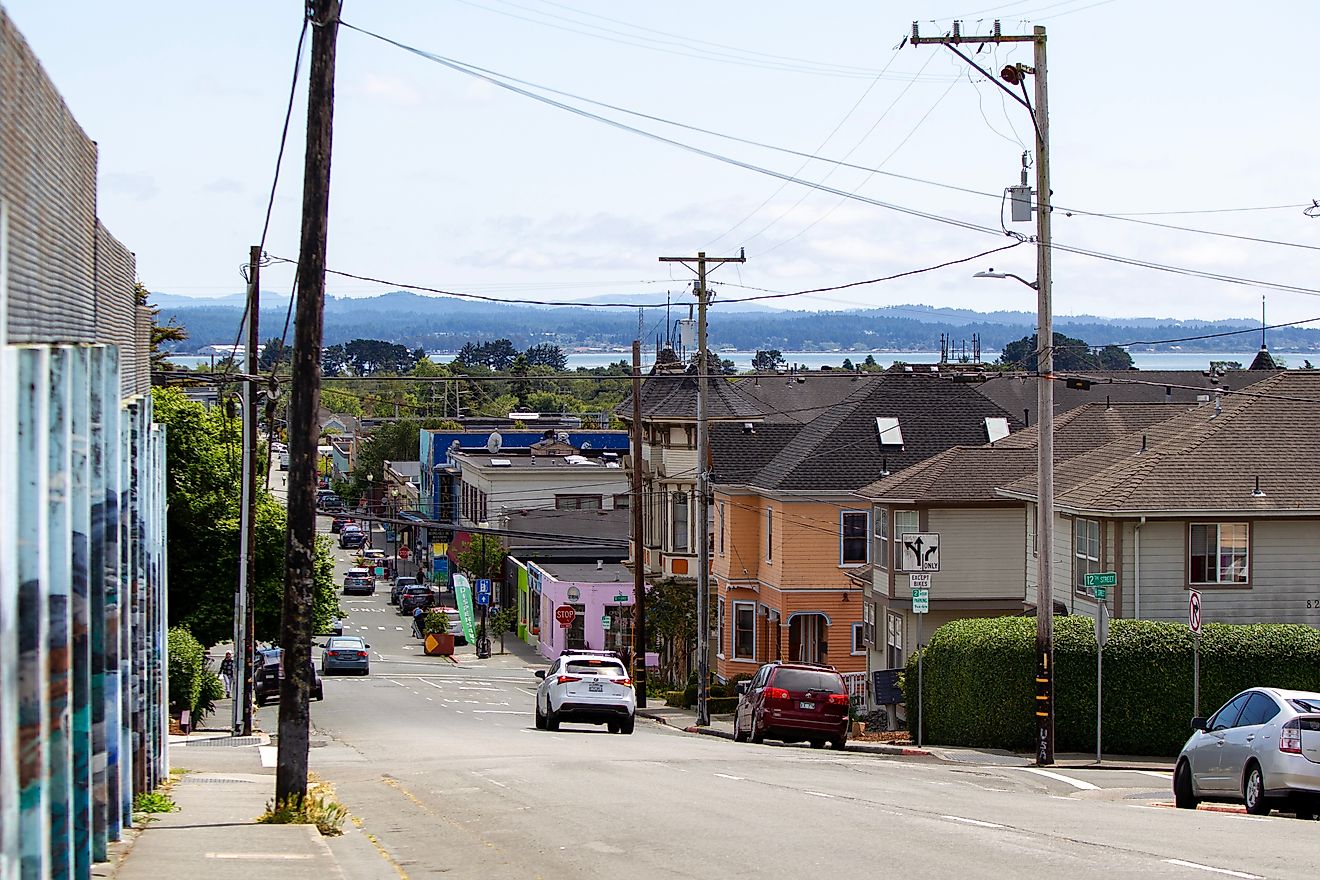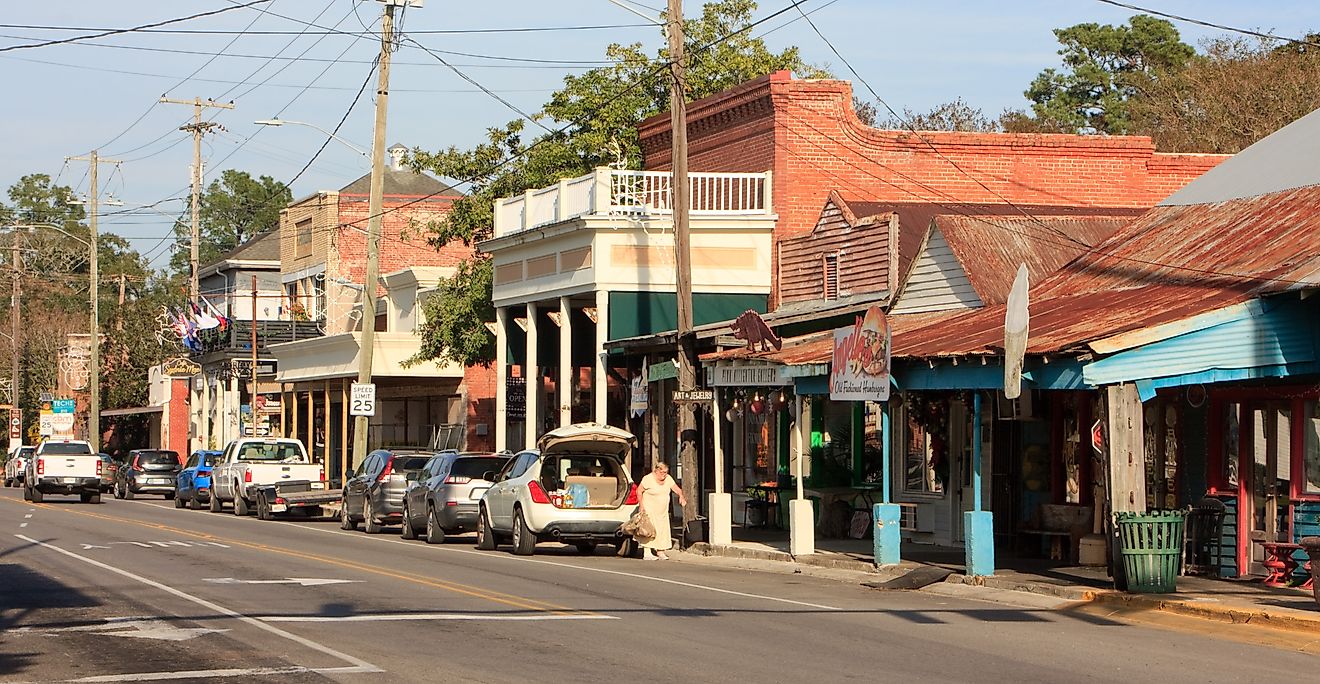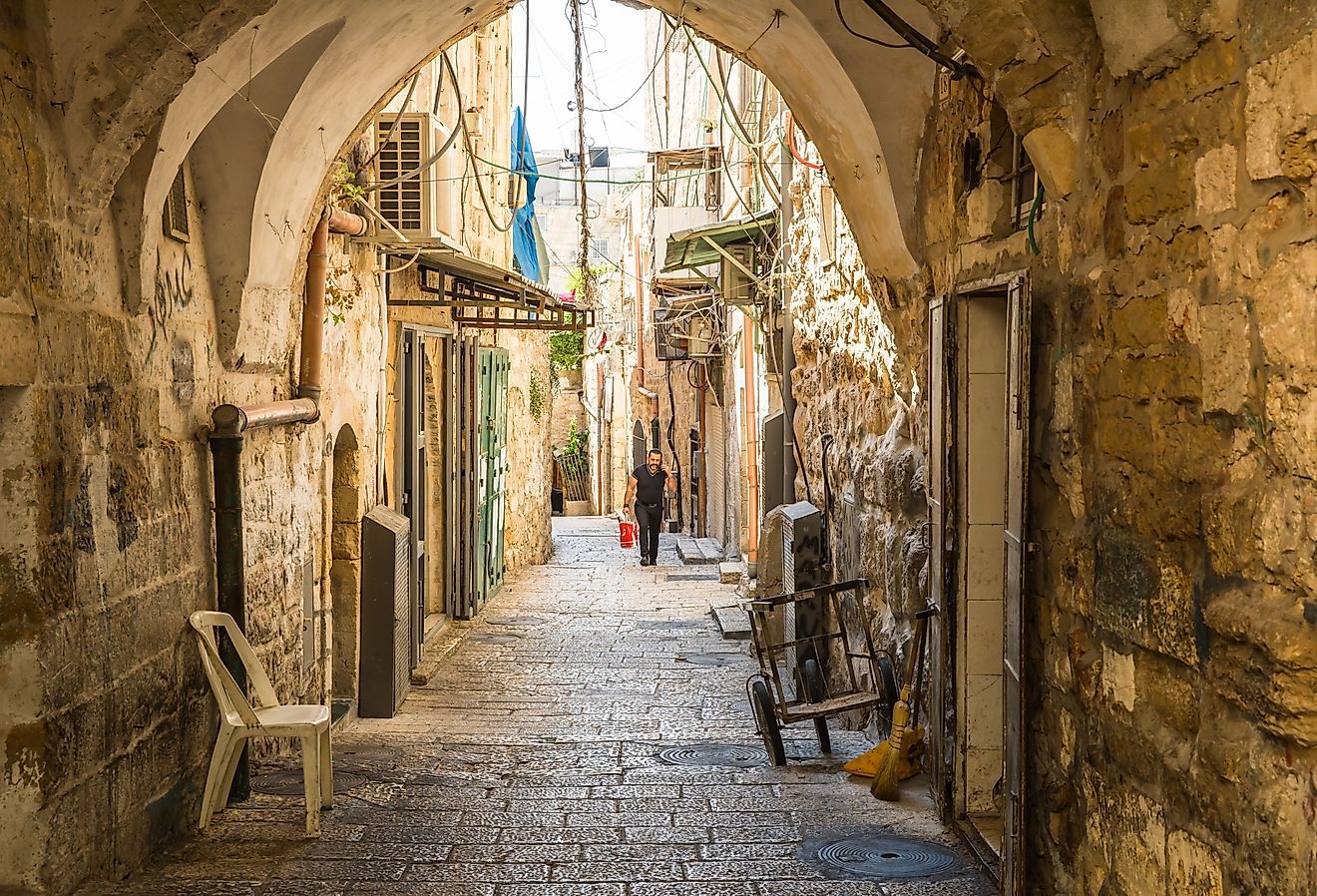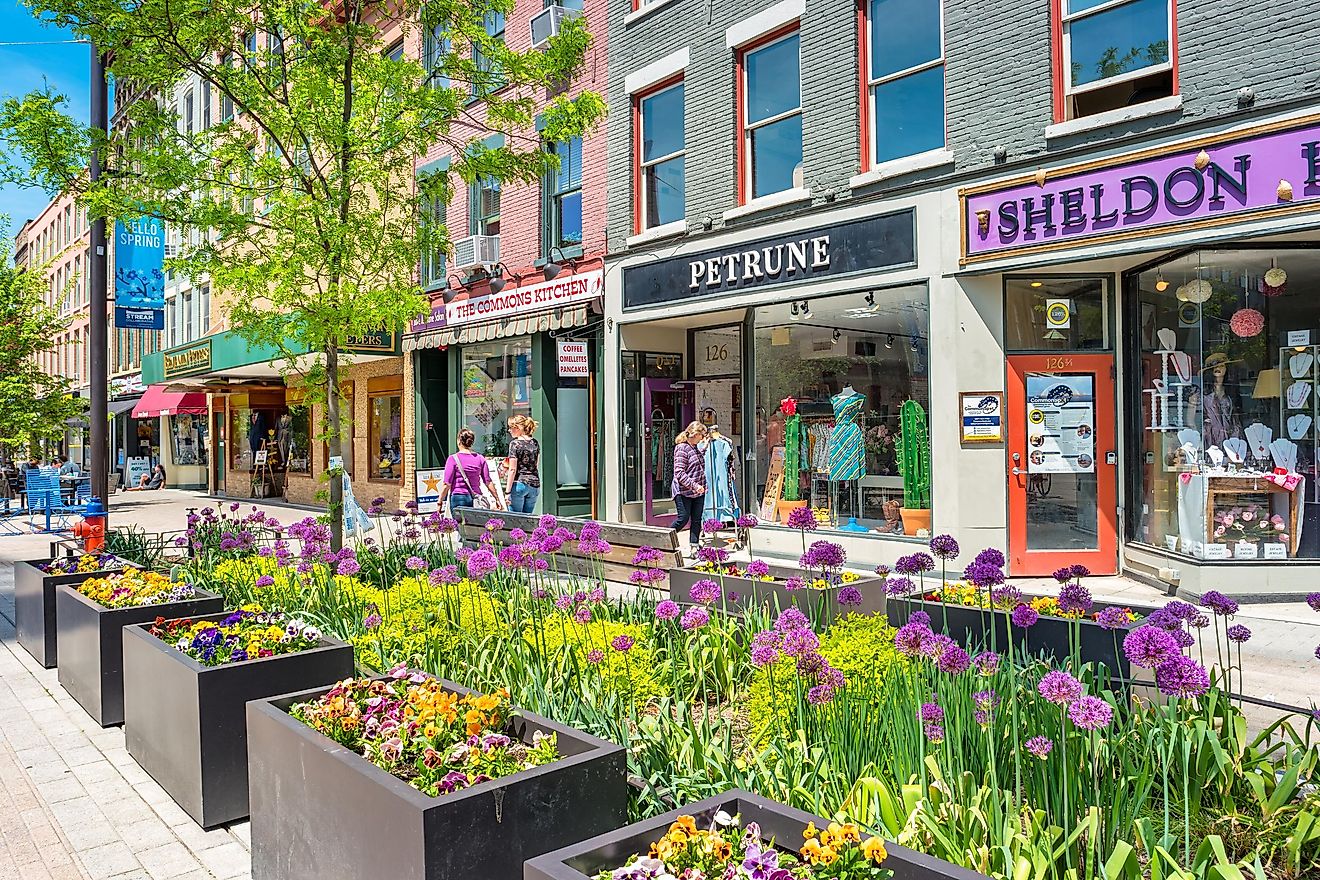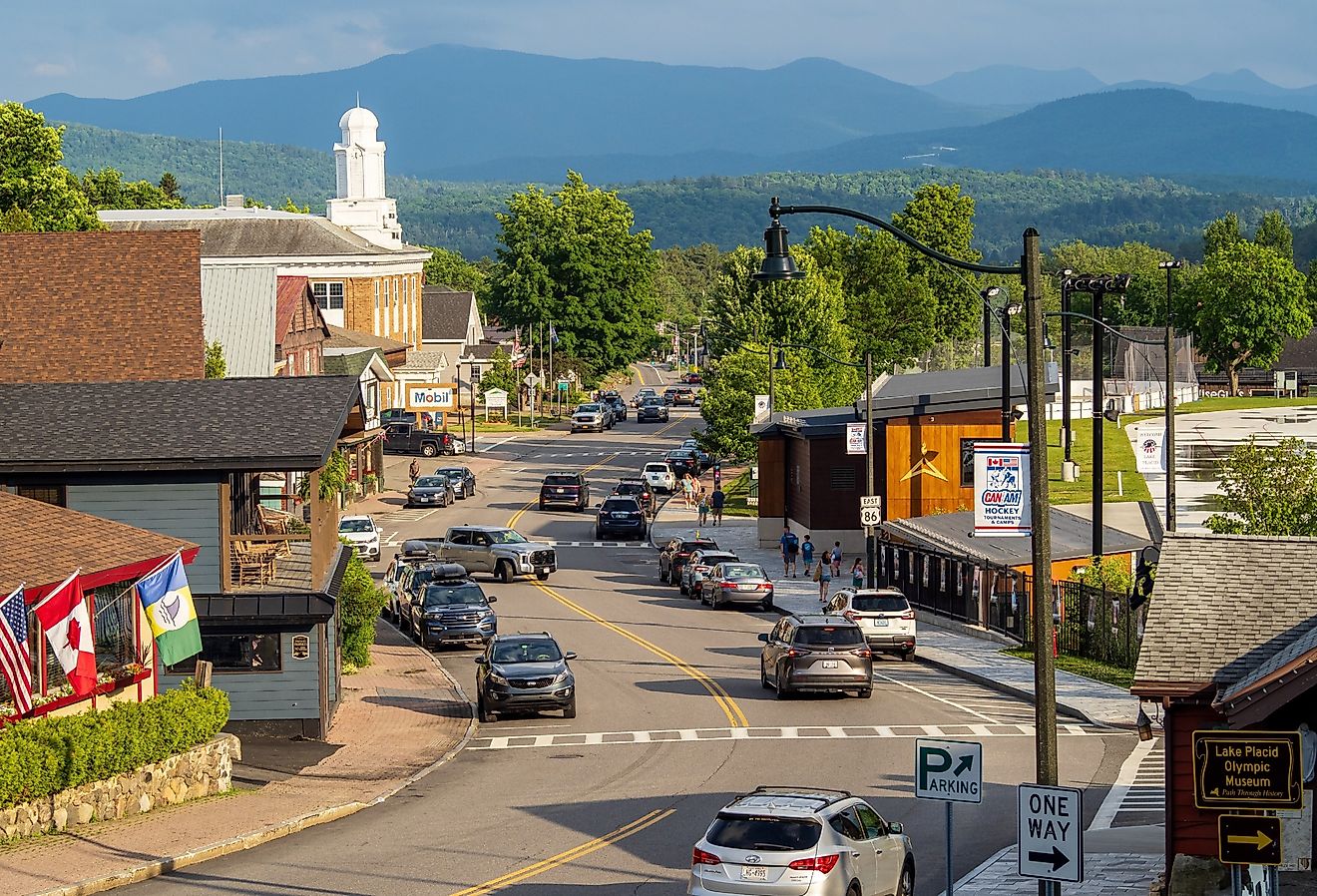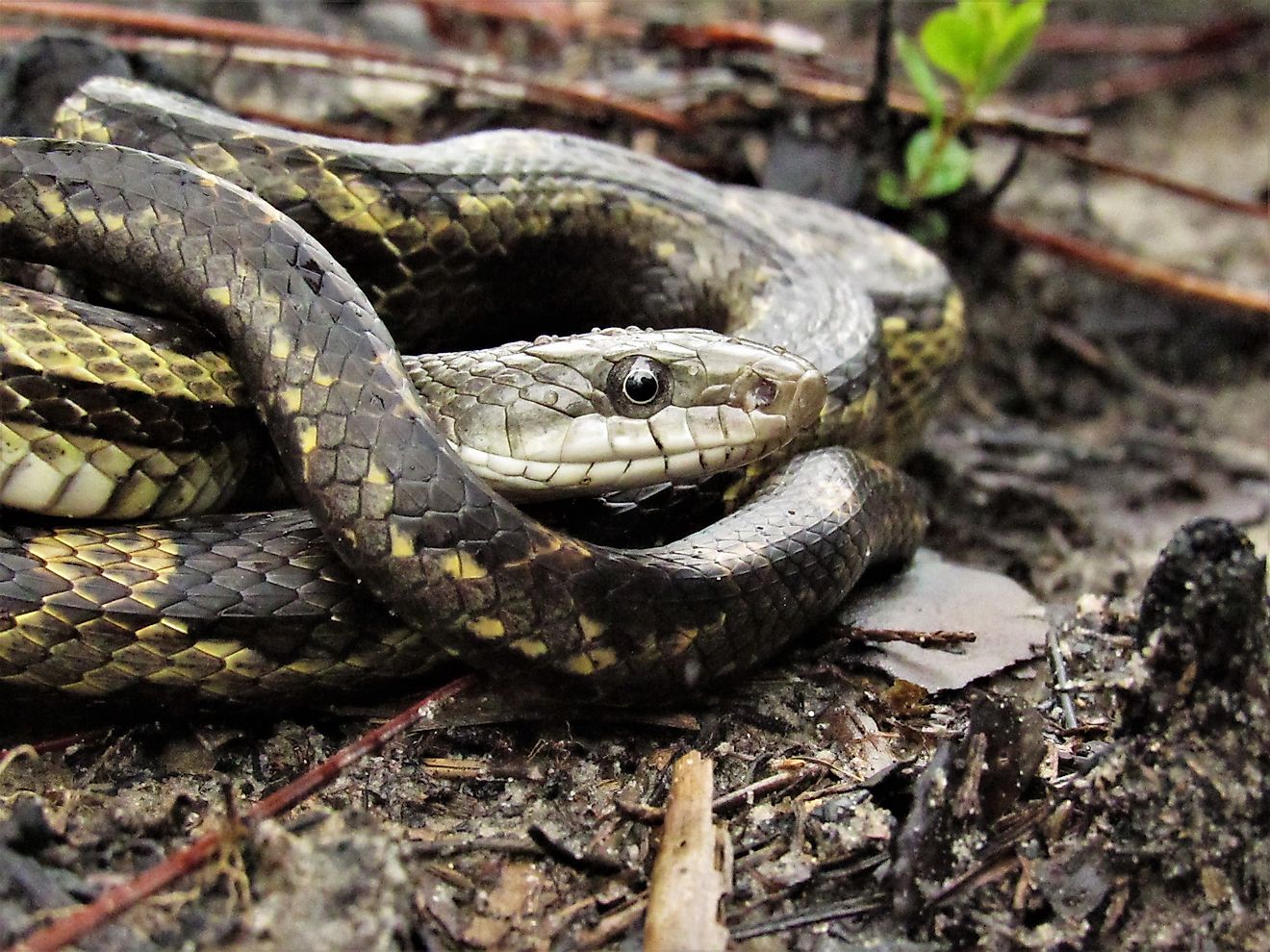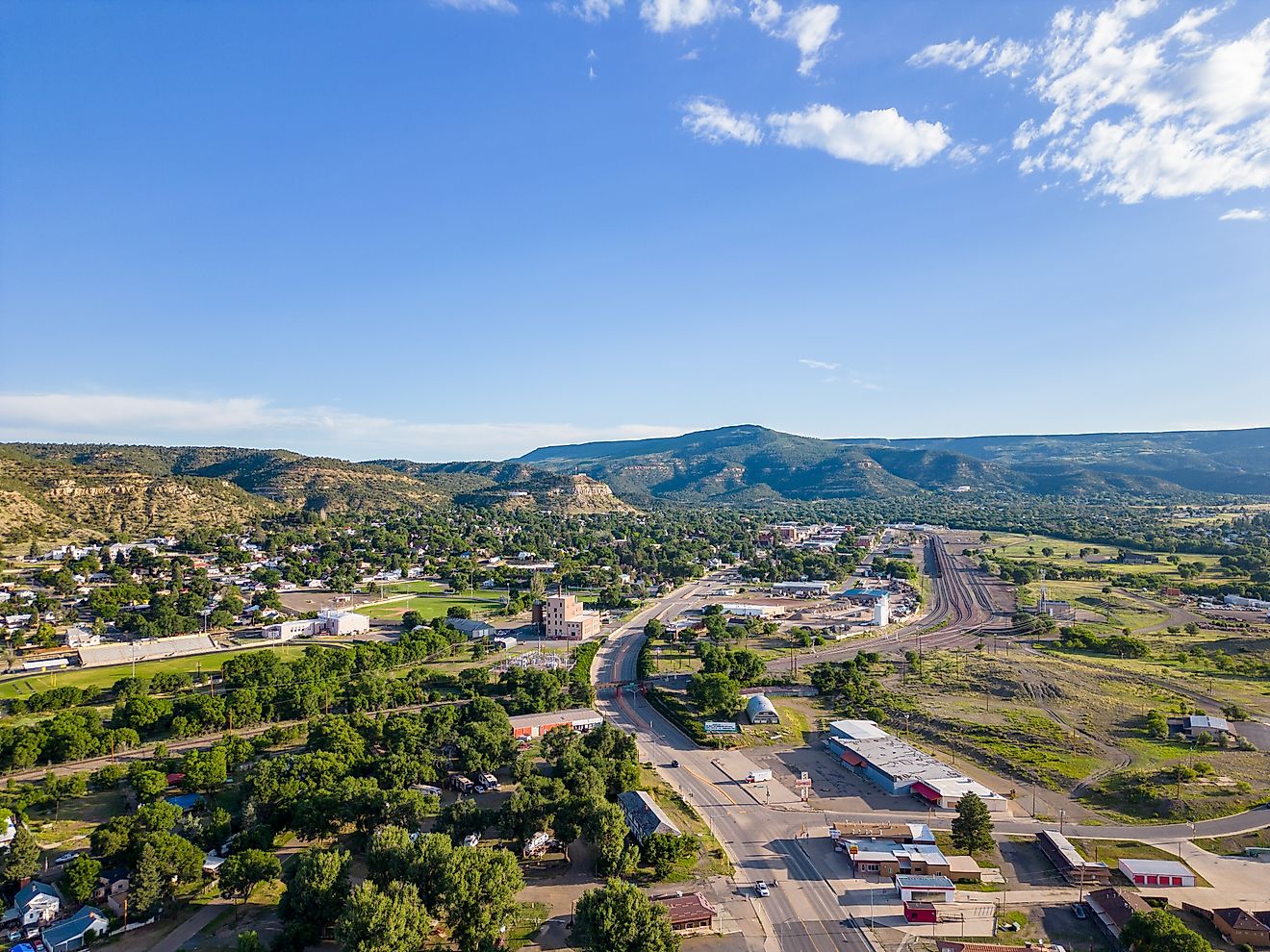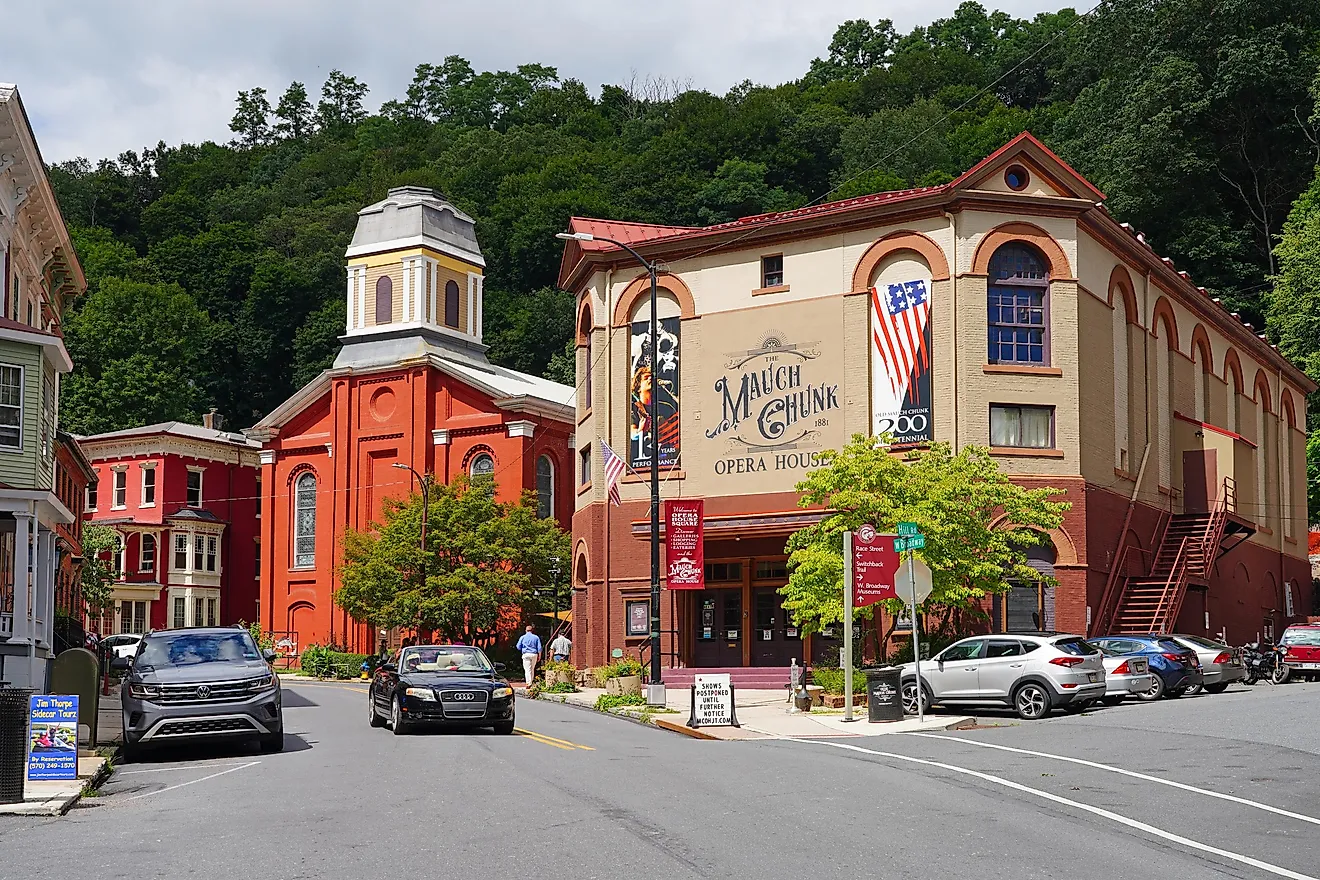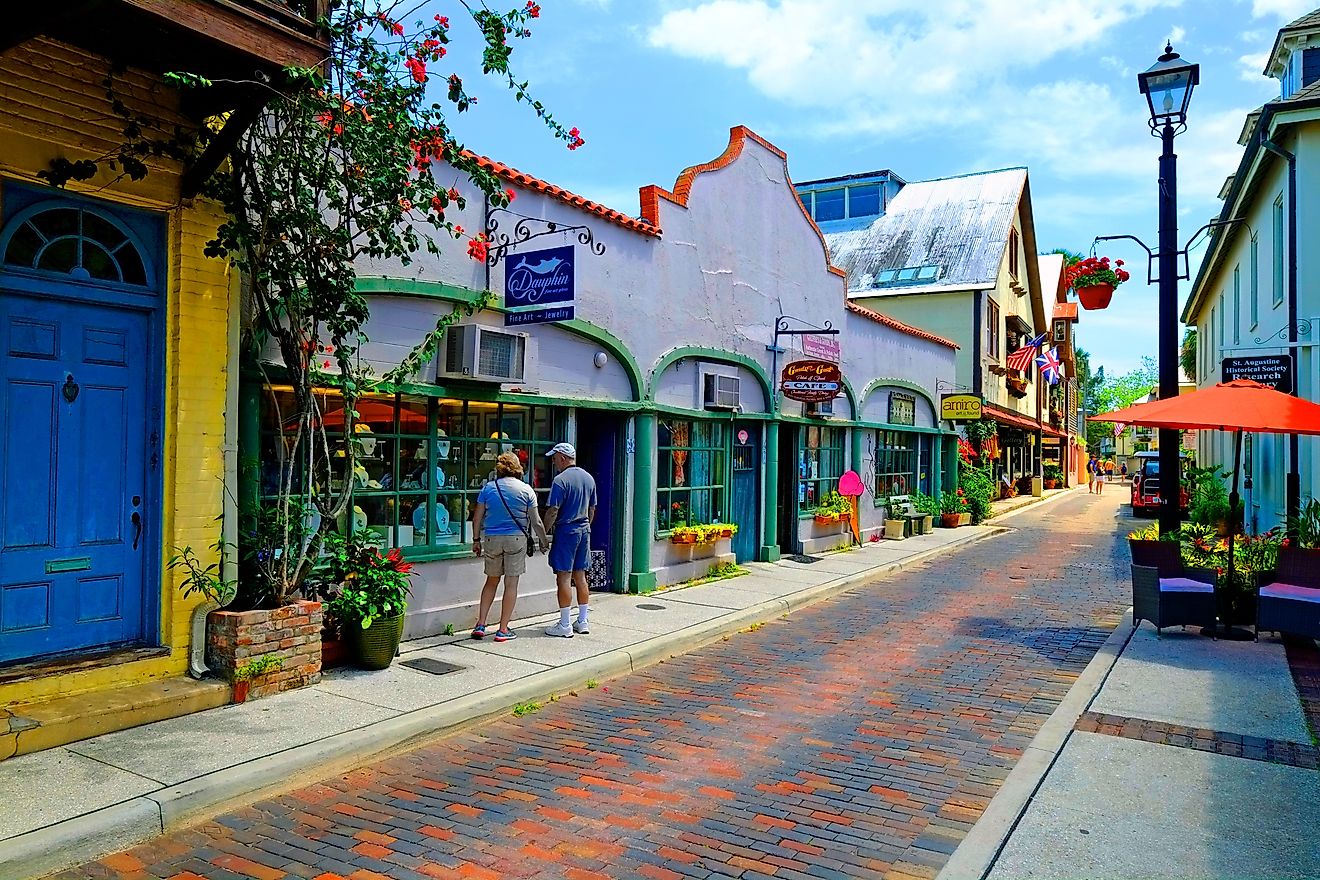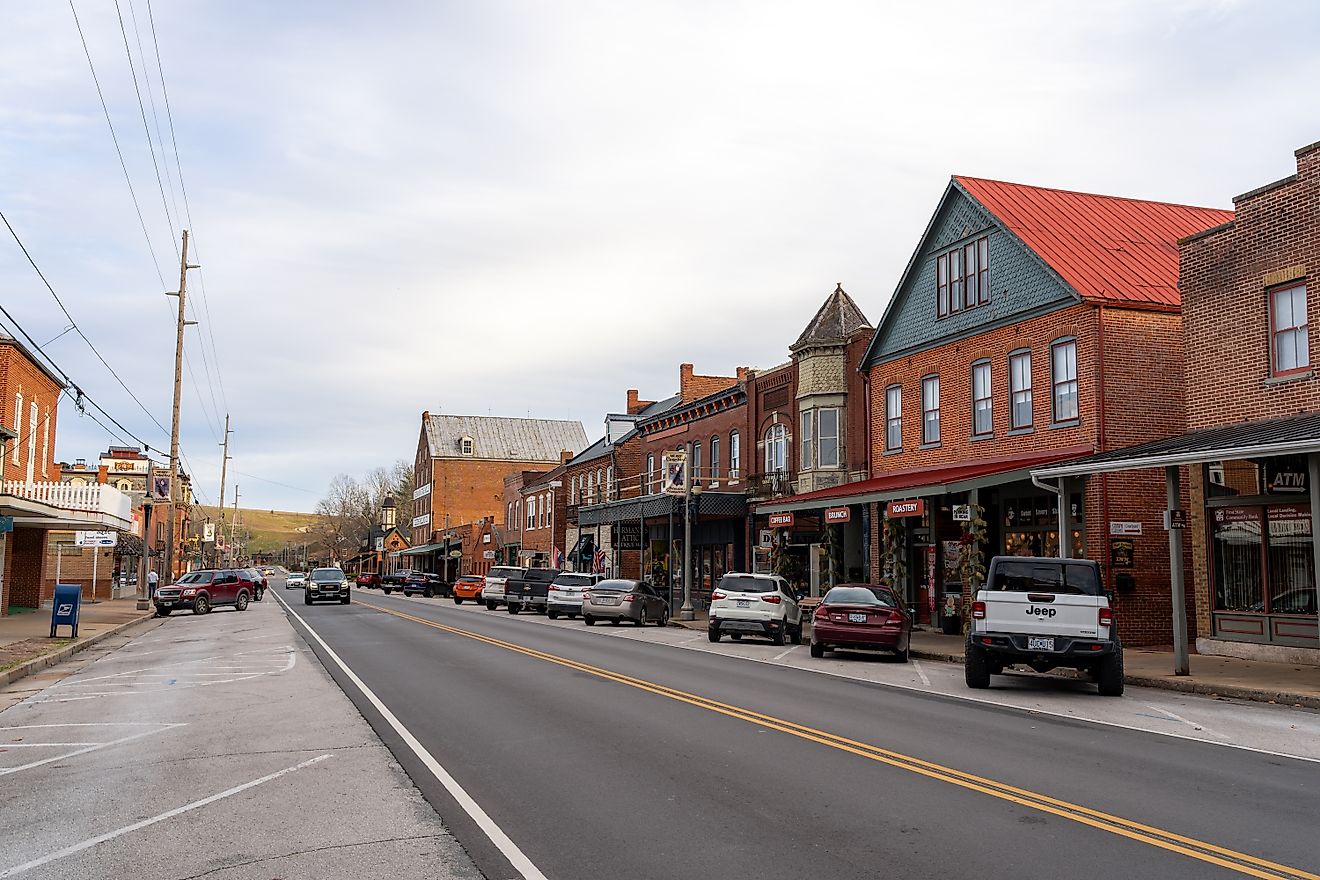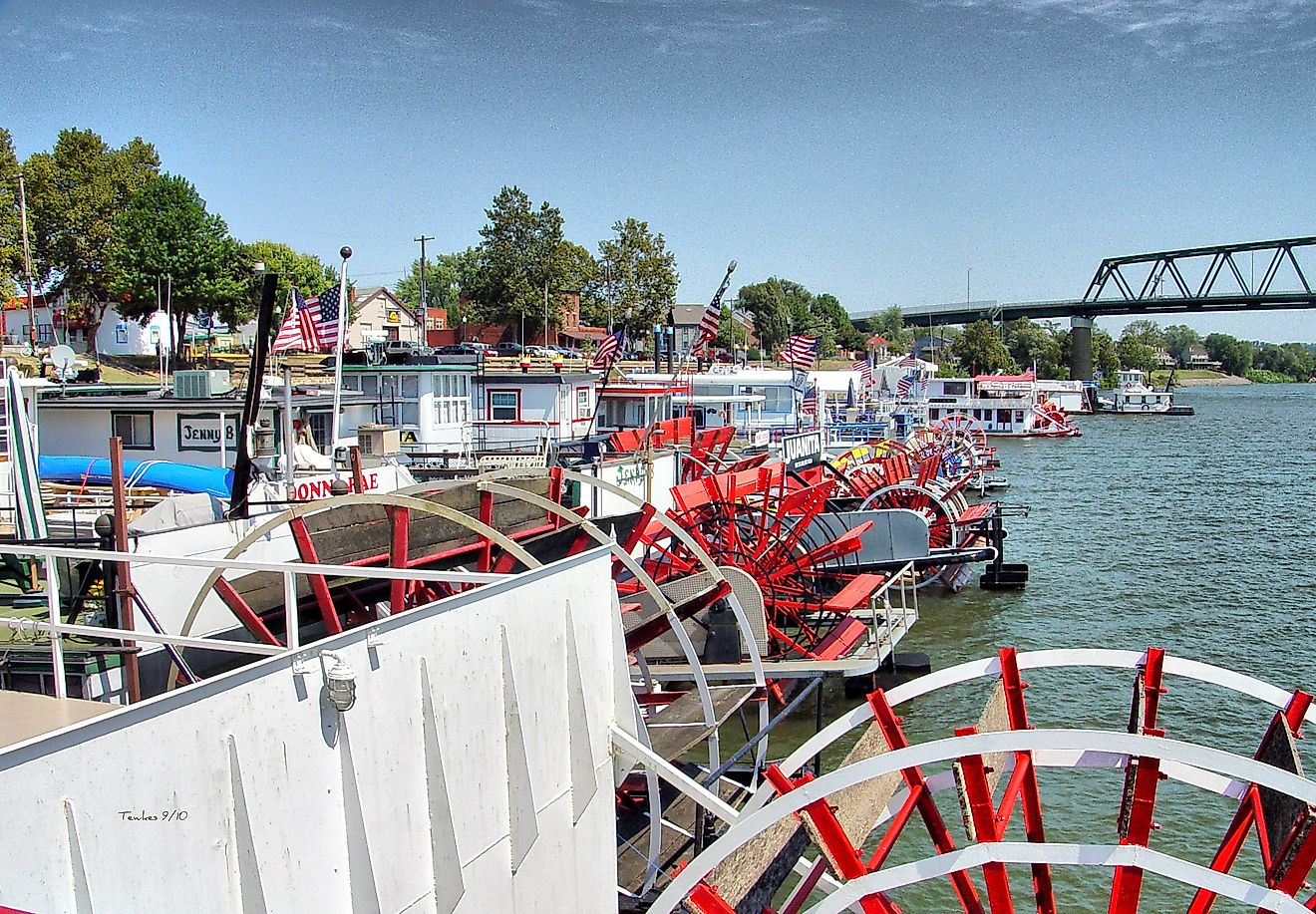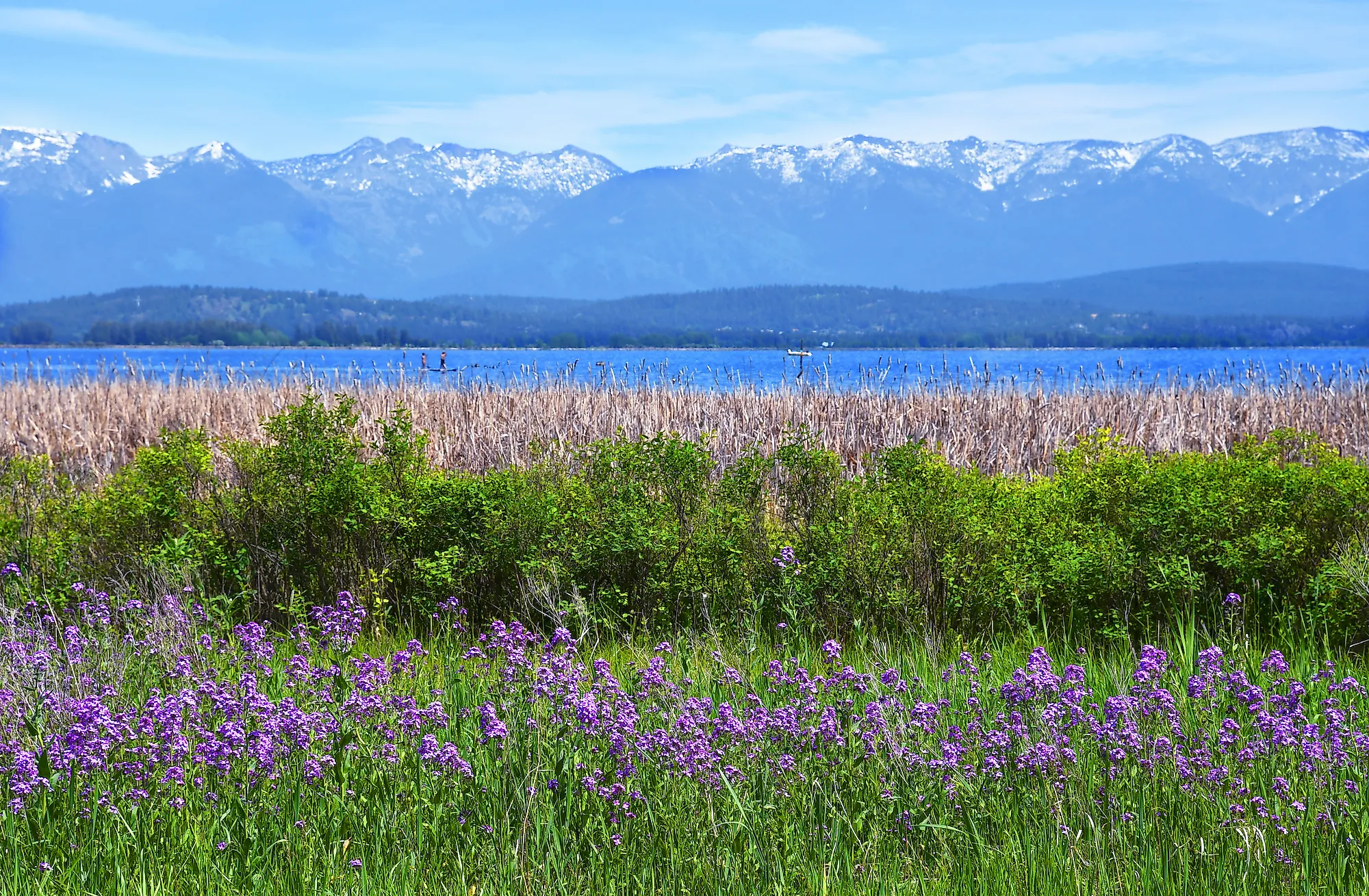
7 Most Scenic Small Towns In Montana For Nature Lovers
Montana truly is one of America's greatest natural playgrounds. It is the 4th largest state in geographic size, while only being 43rd in population, ensuring that much of its land has remained pristine wilderness. And there are some seriously gorgeous sights to behold here, from the Rocky Mountain range out west to the ocean of prairies and badlands to the east.
If you're looking for an outdoor adventure in Montana this year, and need a place or two to stay along the way, here are some of the best small towns in the state that will take you close to some of its most renowned parks and wildlands.
Bigfork
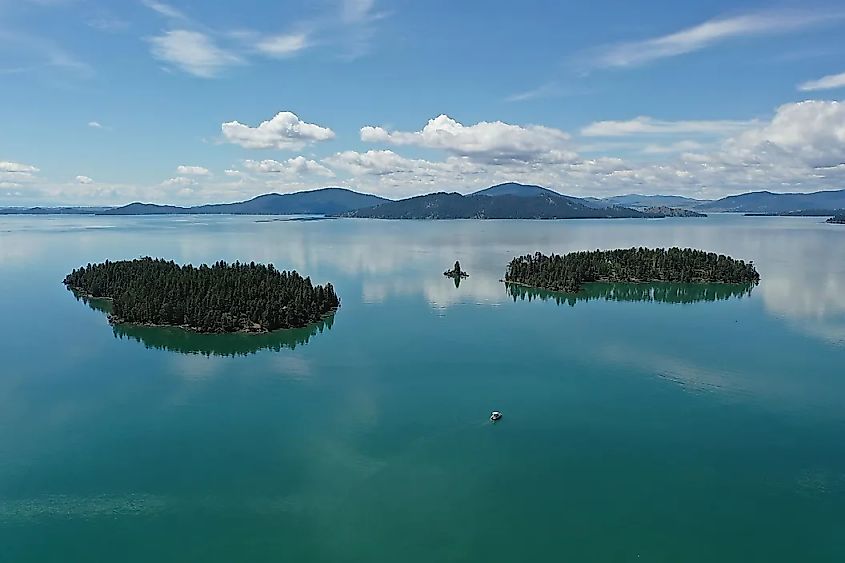
Located right between the spot where the Swan River and Flathead River both meet Flathead Lake, Bigfork is a small community that draws sightseers with its proximity to forests, gorgeous mountain landscapes, and one of the largest bodies of water in the country. The town itself, with a population of around 5,300, also houses a decent mix of restaurants, accommodations, and locally owned shops for you to use during your stay.
Outdoor access is immediate here, as the extensive lakefront it shares with Flathead Lake provides a way to go boating or embark on shoreline hikes without having to stray far at all. Birdwatchers and anglers can find ample space in the surrounding wetlands and rivers, too, especially during the spring and fall migrations.
Meanwhile, the nearby Jewel Basin Hiking Area contains more than 35 miles of trails suited for longer day trips into the Swan Range. To the north, the iconic Glacier National Park is also not too far away, sitting just about 40 miles away by car.
If you prefer winter sports, Bigfork should definitely be on your radar, as well, with nearby Blacktail Mountain and Whitefish Mountain resorts offering snowshoeing, Nordic skiing, and downhill trails with comparatively fewer crowds than other mountainous areas across the country.
Red Lodge
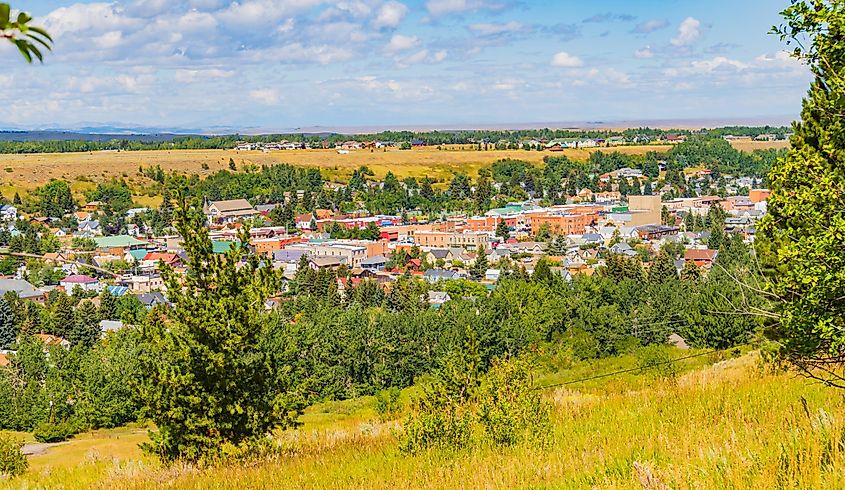
Moving over to the eastern slope of the Rockies, at the base of the Beartooth Mountains, Red Lodge is a small town that functions as both a gateway to several notable parklands and a year-round destination for outdoor recreation of all kinds.
It lies along U.S. Route 212, known as the Beartooth Highway, which climbs to nearly 11,000 feet and is frequently cited as one of the most scenic drives in the United States. Many know it as the route that leads directly to the northeastern entrance of Yellowstone National Park, often giving you access to the park without the heavy traffic found at other entry points. If you just want to avoid Yellowstone in general, hiking, looking for wildlife encounters, and fly fishing are popular pursuits in the nearby Custer Gallatin National Forest.
This town offers convenient access to rock climbing, horseback riding, and backcountry camping. Moreover, winter transforms the area into a hub for snow sports, mainly centered around Red Lodge Mountain.
Red Lodge also stands out as a place with a story to tell, retaining its historical identity with preserved buildings from the coal mining eras of past centuries. If you're looking to stick to nature-oriented activities in town, however, the Yellowstone Wildlife Sanctuary, located within town limits, provides a fun way to learn about the area’s native fauna.
Thompson Falls

Thompson Falls lies along the Clark Fork River in northwestern Montana's "Glacier Country" and is a seriously underrated spot for outdoor enthusiasts, avoiding the crowds that local national parks seem to bring every year to other nearby communities.
The town’s name comes from the natural falls on the river, partially submerged today by a hydroelectric dam. Viewing areas and interpretive signs still highlight the original landscape. Several riverfront parks, including Thompson Falls State Park, offer idyllic fishing spots, unobstructed viewpoints, and short nature trails.
Looking to really get out into the bush, though? The nearby Thompson Chain of Lakes and Lolo National Forest are two accessible spots for some backcountry adventures without having to drive far from civilization. Note that the area home a wide range of wildlife, including black bears, moose, and bald eagles, so be prepared with a camera along with your bear spray too!
Other hiking trails in and around Thompson Falls range from easy riverside walks to more challenging ascents into the Coeur d'Alene Mountains. And as snow hits the ground, snowmobiling and cross-country skiing become big draws, especially in the higher elevations just outside of town.
Choteau
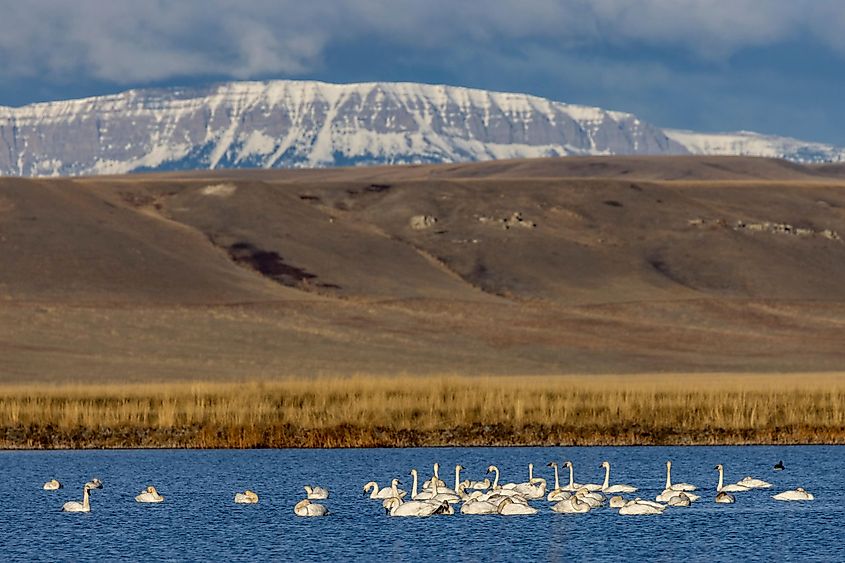
Choteau rests in a unique spot along the Rocky Mountain Front, where the Great Plains rise abruptly into foothills and then into real alpine terrain. This geographic boundary creates a scenic overlap of prairie and mountain ecosystems, supporting a range of outdoor activities and opportunities for some very cool landscape photography.
The community is directly east of the Bob Marshall Wilderness Complex, one of the largest roadless areas in the contiguous United States, with trailheads accessible by gravel road within a short drive.
Other local green spaces worth checking out include the Freezeout Lake Wildlife Management Area, which is interestingly a major stopover for snow geese and tundra swans during their spring and fall migrations. The lake’s observation points and adjacent path systems are primarily used by birdwatchers and photographers during peak weeks in March and October, but they are, of course, open for everyone to appreciate. Further west, the Teton Pass area is a local favorite for backcountry skiing in winter and high-elevation hikes in summer.
Choteau and its surrounding area also hold an important place in the field of paleontology. Notably, the Two Medicine Dinosaur Center, located in nearby Bynum, showcases fossils found in the region, which is rich in Cretaceous-era formations. In Choteau proper, the Old Trail Museum boasts more dinosaur-themed exhibits and is a part of the Montana Dinosaur Trail, which includes 14 museums and other dino-related attractions throughout the state.
Seeley Lake
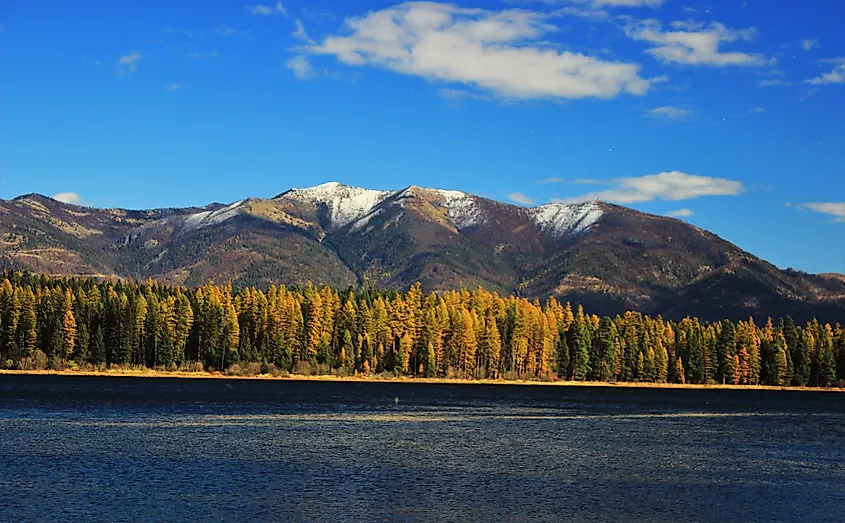
Seeley Lake sits between the Mission and Swan mountain ranges, surrounded by forestland and glacial lakes that have come to define this part of western Montana. The town sits along the Clearwater River and is centered on the shores of the long, narrow lake of the same name. This beautiful body of water stretches for over five miles and is a favorite spot for kayaking, canoeing, and fishing in spring and summer. Public access points on the water include boat launches for bigger crafts, swimming areas, and various nearby trailheads maintained by the Lolo National Forest.
The region is part of the larger Clearwater Chain of Lakes, with multiple interconnected waterways extending north toward the Swan Valley. Trails such as the Morrell Falls National Recreation Trail lead you through dense forests to scenic alpine waterfalls, while the nearby Rice Ridge area will take you to higher elevations, where both hikers and cross-country skiers can find adventure depending on what time of the year it is.
With over 300 miles of groomed snowmobile routes through Seeley Lake's local mountain passes and old logging roads, winter also opens up an entirely new way to explore this remote part of the state.
Fort Benton
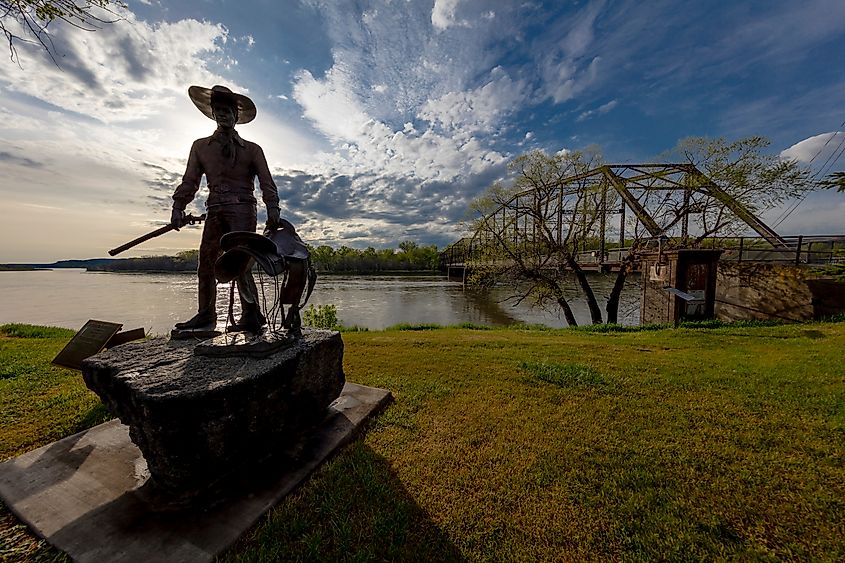
Fort Benton can be found on the Upper Missouri River in Montana's eastern prairies. Instead of forests and snow-capped peaks, sandstone bluffs and river-carved badlands exemplify this quiet, laid-back community.
The town originated as a steamboat port in the mid-19th century and remains one of the oldest continuously occupied settlements in the state. Today, the town is known as a starting point for float trips through the Upper Missouri River Breaks National Monument, also known as "the Breaks," a remote stretch of protected river corridor known for its high cliffs, vital wildlife habitats, and Lewis and Clark Expedition sites. Canoe and kayak rentals are available locally for multi-day trips through the Breaks, where campsites and footpaths accompany the riverbanks.
The Fort Benton levee also provides direct river access and is part of a larger historic district that includes well-preserved landmarks like the Old Fort Benton trading post, the I.G. Baker House, and interpretive signs marking other important points along the riverfront.
Upland from the river, the vast prairie landscape supports unique animal life like antelope, mule deer, and various bird species, including golden eagles and burrowing owls, making the region popular for hunters and wildlife photographers.
Glendive
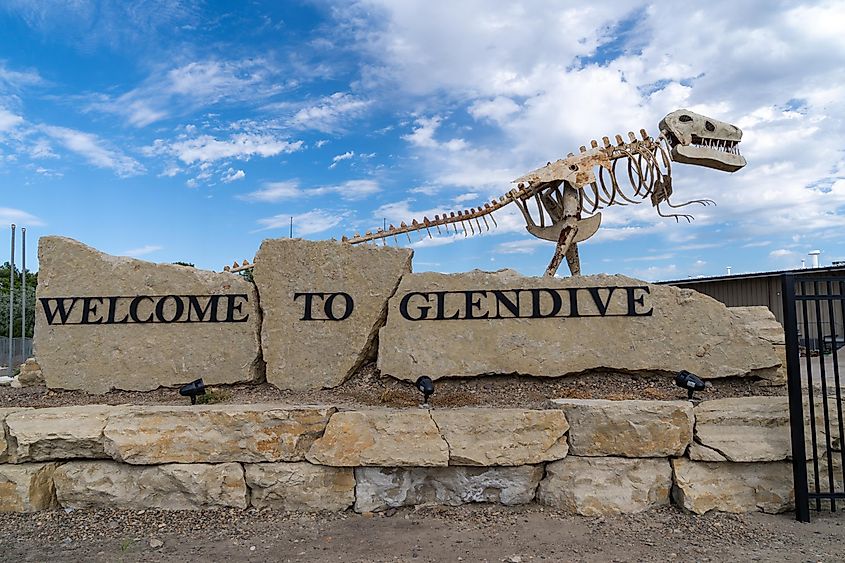
Going even further east, near the border of North Dakota, sits the highly underappreciated town of Glendive. Resting along the Yellowstone River, this community of nearly 5,000 residents is a key stop for those interested in exploring a sea of badland landscapes.
Glendive is perhaps best known for its proximity to Makoshika State Park, the largest state park in Montana. This destination contains a wide expanse of eroded rock formations, deep canyons, and dinosaur fossil sites. Trails within the park will take you past other eye-catching geological features like hoodoos, natural bridges, and designated dig areas where you can view exposed fossil beds dating back millions of years.
For a touch of water in this otherwise arid region, the Yellowstone River, which flows through Glendive, offers you chances for seasonal fishing or paddling. Public access sites nearby allow you to launch your boat or further explore on foot via various shoreline pathways. The adjacent Bell Street Bridge, a converted railroad bridge turned pedestrian walkway, provides a more elevated view of the river and the surrounding countryside, too.
Glendive is also home to the Frontier Gateway Museum and the Glendive Dinosaur and Fossil Museum, which interpret both the human and paleontological history of this sparsely populated portion of the country.
See Montana's Natural Wonders Near These Towns
These cozy little towns in Montana offer far more than just quiet streets and mountain views. They provide direct access to some of the state’s best and most varied natural environments, from dry prairie badlands to glacial lakes.
Whether you're in the area to see the alpine basins near Red Lodge or the fossil-rich badlands surrounding Glendive, each community mentioned above connects you to a distinct landscape in one of the country's wildest states. Above all, for nature lovers seeking immersion rather than crowds, these destinations offer a compelling alternative to the state’s more trafficked locales.
